The Founders’ Story – HappySignals
So, here’s the (short) story of how HappySignals started and how we are where we are. The company started about 2014, so it’s a good time for all of us to look back, before going forward again at full steam.
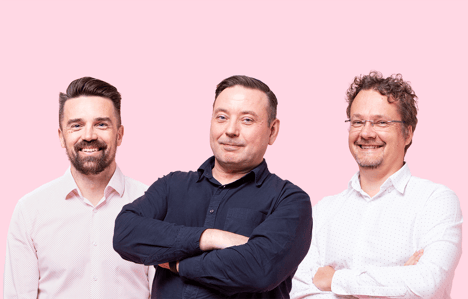
So, here’s the (short) story of how HappySignals started and how we are where we are. The company started about five years ago, so it’s a good time for all of us to look back, before going forward again at full steam.
Starting with my story
My background is in service design and in managing consulting-and-design teams. Before HappySignals, I was running a service design unit in Tieto – a Nordic IT services and software company – and after that I was a partner in Palmu Exe. Palmu Exe was part of the leading service-design consultancy company in Finland called Palmu Group.
How I got in to IT service management (ITSM)
At some point about six years ago, I started to wait for the moment when the first companies would start to talk about employee experience. This happened exactly five years ago, and the company was a global Finnish technology company focused on industrial solutions. They had a keynote presentation at an event about how to design services for employees. At the same event I spoke about service design, so I was there to hear what they wanted to achieve.
After the event, I contacted this company, and two weeks later we started a project to design IT support services using service design methods. We interviewed 50 people from around the organization only to find out that they really thought about the IT support. What they hated and what they loved about it.
After the first set of interviews, we started to try conceptual ideas and continued the design in more detail. Throughout the project, I kept on thinking that the experiences and feelings of the end users would not be unique to this company only.
The end result of the project was a service Portal that was designed with employees and for them.
How did we get the product idea?
It might sound weird, but after the project I was really excited about ITSM. I agreed with Palmu that I would undertake market research to understand if there was potential for a new company (offering a new service).
I met with ten people from different organizations (both service desk service providers and enterprises). In these interviews, we discussed two things: service portals and measuring employee experience for service desk.
Service quality level 3.7 – the watermelon effect
In the interviews, I realized that the CIOs and service desk directors were measuring customer satisfaction (CSAT), but they didn’t trust the results they were getting. Or they just didn’t use the feedback at all.
One interesting detail was that almost all the enterprises who measured CSAT in Finland had an average score of 3.7 (scale 1-5). When I asked what they knew about that number, the typical answer was that it had always been the same.
It took me some time to understand that the 3.7 was the target in the service level agreement (SLA), such that sadly there was no motivation to be better. Also, I learned that everybody thought that the quality was bad (despite the SLA target being met). The reason they thought this was the feedback received from business stakeholders and discussions with end users.
What did this mean?
The CIO’s challenge was, and often still is, to understand what’s going on here. Because when they met the service desk provider the SLAs were green, but employees complained about the quality of IT support. At some point we started to call this the “watermelon effect” – green on the outside but red on the inside.
During the interviews, I realized that there’s a real need for service design in IT service delivery and support, and also that the service quality should be measured from the end-user perspective. Plus, to ensure that the end-user feedback changes something.
It was the birth of HappySignals.
Creating the Happy team
Sami Aarnio, our CTO, worked with me in Palmu and, also before that, in Tieto. I had a discussion with Sami and got him excited about the idea. We both knew Pasi Nikkanen from our Tieto times and invited him to join the company as the third founder. Pasi had worked in Tieto as the person responsible for developing services for Tieto employees and knew what ITIL actually meant.
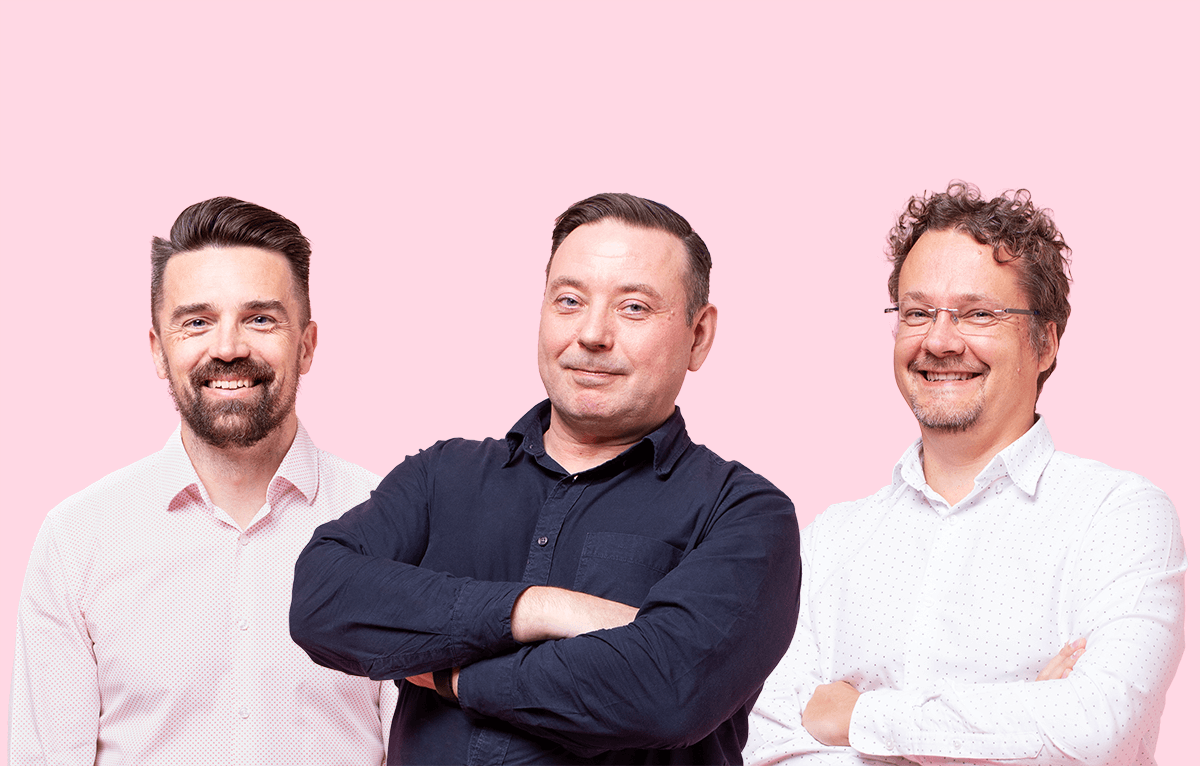
We created the business plans and after three months the company was up-and-running. I also need to give big thanks to all the Palmu partners for their support in the beginning!
Our “focus” decision – we are a product company
During the first two years we mainly designed portals for big enterprises. We designed ten portals and interviewed about 500 employees in doing so. In these interviews and projects, we also tested and used a pre-version of the survey that’s now used in HappySignals.
It soon became clear that the portal design service was not something that could be productized and scaled to global markets. But designing portals made enough money to start the product development for our employee experience measurement product without the need for huge investments into the company.
Las Vegas release
The first version of the HappySignals product was released in 2015 in Las Vegas. Yes, it’s a true story. We were at Knowledge 15 – the annual ServiceNow customer conference – as one of the innovation finalists in their innovation of the year competition.
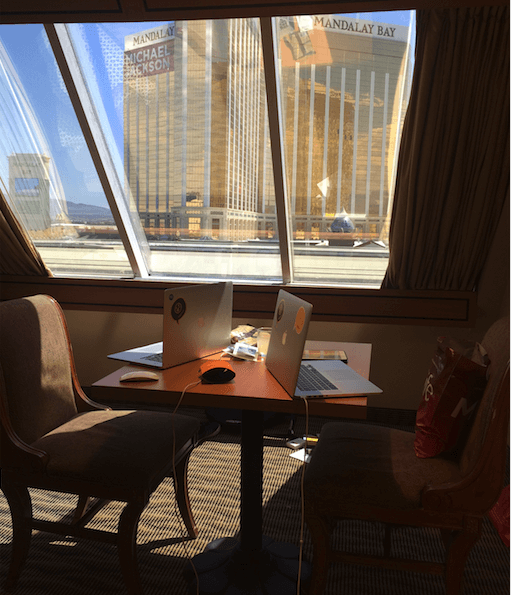
The first version was ready just one day before the huge Knowledge event and finalized at the Pyramid Hotel. The next day we presented the product to Chris Pope, ServiceNow’s VP Innovation, at a prearranged meeting. The feedback was awesome, and we received tips on how to work together with ServiceNow. In a way, this was the initial start for our company as it is now.
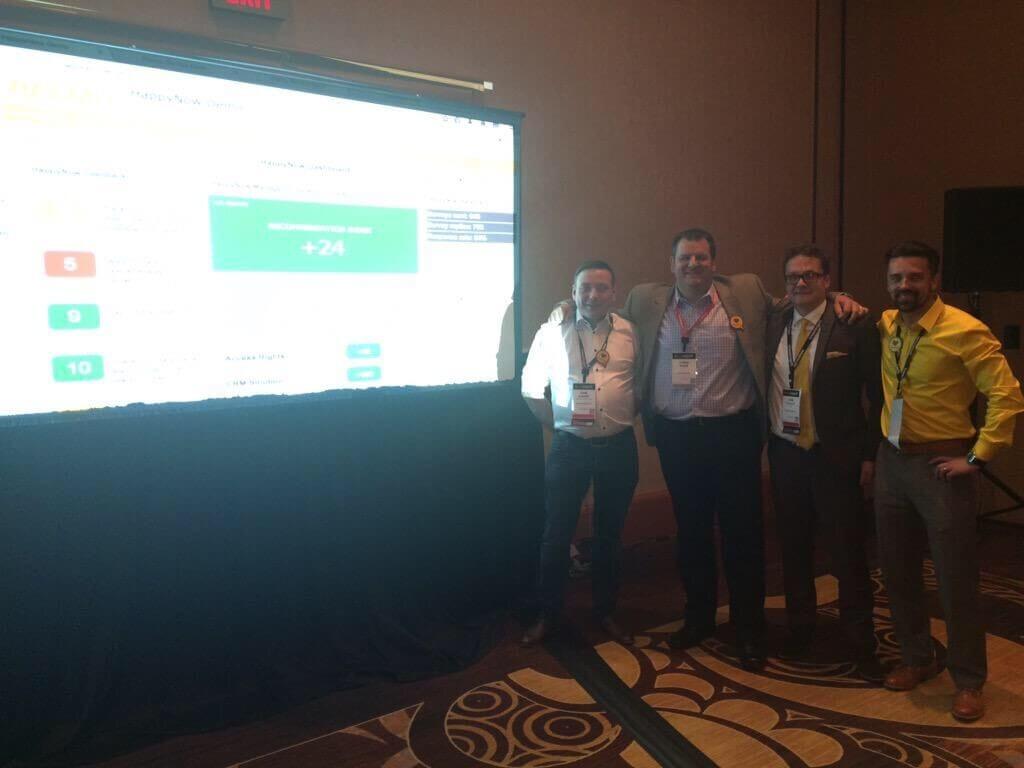
After the event, our product was sold to three customers, but we didn’t sell it to others actively at the time. The reason for this being that it was not yet ready to be scaled. We used it with these first customers and learned from their usage and customer needs.
Our first Service Desk and IT Support Show (SITS)
Our first SITS exhibition was in 2016. The financial investment to participate, by having a booth, was 10% of our yearly budget – so expectations were really high.
But it all started really badly. Only 50% of our stand arrived in time. So, during the first half-day, we were standing in an empty booth with our demo. Eventually, the rest arrived, and we got our confidence back. However, the response we got from the audience was not all good. About 50% of the people we spoke with were not at all interested in employee experience – the market was not ready for us.
But now, looking back, this event was an important way of starting to get to know people, on a more personal level, and to be able to understand the market situation in UK. So, we don’t regret, but it was hard to realize the situation back then.
The release of the current product
In February 2017, we released the renewed product with integration to ServiceNow and a separate cloud service for benchmark and analytics. This product is now the core of HappySignals.
Also, at the start of 2017, we stopped the portal design work to focus 100% on the measurement area. The next few months after this change was the hardest for our company. Sales were not as fast as we expected. So there was not much money in the bank, sometimes not enough to pay salaries, but we got over the hard times.
But, by the end of 2017, we started to do okay and, in some months, even great.
HappySignals in 2019
The business has been growing happily. Of course, there are some bad and some great months, but that’s the life of a start-up. In March, we secured €1M Growth Funding.
A year ago, there were still only four of us and now there are 14 “Happies” in four countries. We are getting more than 5,000 feedbacks per day and employee experience is a hot topic in the industry.
And what about the SITS events? At 2017, only two people said that they’re not interested in employee experience. Then 2018, there were people unable to fit into the room to listen to our presentation about employee experience. This year was a breakthrough. Everyone is talking about.
And one key message from our partner ServiceNow is that “IT’s now the era of experience” and this underlines how much the market has changed in just a few short years. We are Happy for this!
We always talk about how end-users feel… this is how I felt during the first five years
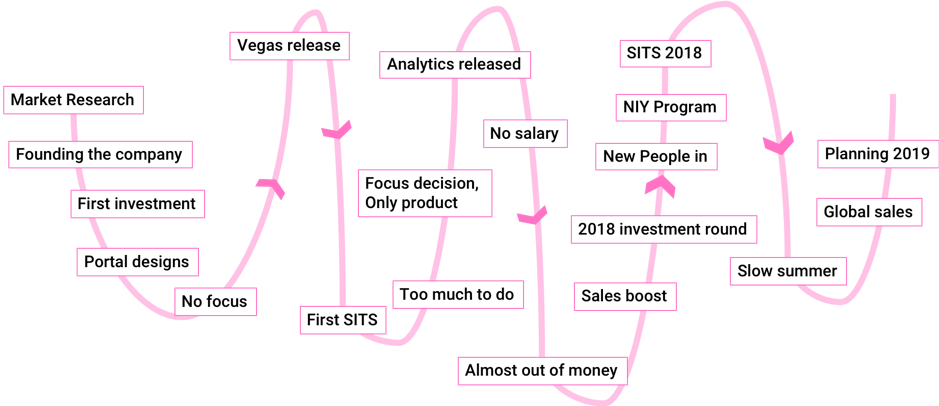
It looks like a roller coaster ride and in a way, it has felt the same. Some days excited and scared at the same time. Sometimes so much speed that you would love to use breaks. Sometimes feeling there is a track to follow, but something just trusting the vision.
And onto 2020…
Who knows what the future holds? What is sure though, is that our aim will always be to help those in the ITSM industry to keep understanding their customers better and to make them happier!
I hope you have enjoyed reading our story - I'm happy if you did!!
Sami Kallio, CEO
At 2025 nothing has really changed in the main challenge we set out to solve. Learn about Human-Centric IT
Related content
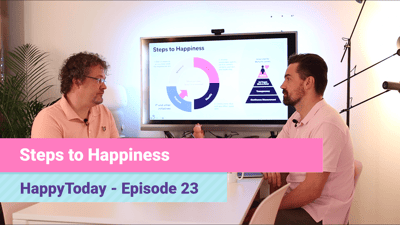
12.12.2019
Steps to Happiness in Employee Experience
In this episode, Pasi and Sami discuss the HappySignals way to achieving Happiness in Employee Experience. Including ...
Read more >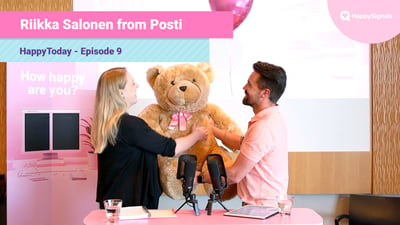
03.06.2019
Happiest Enterprise 2019 - Finnish Postal Company, Riikka Salonen
In this episode Pasi Nikkanen had an interview with Riikka Salonen , Service Support Lead at Posti, the Finnish Postal ...
Read more >
